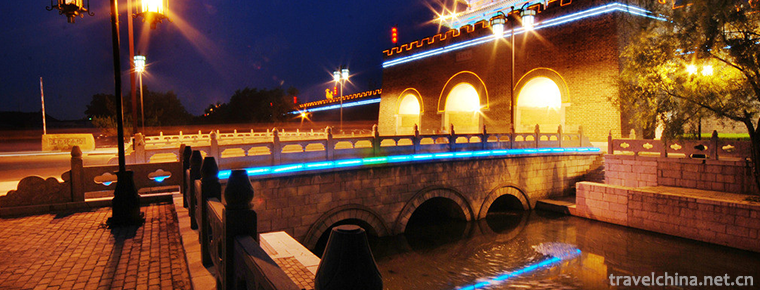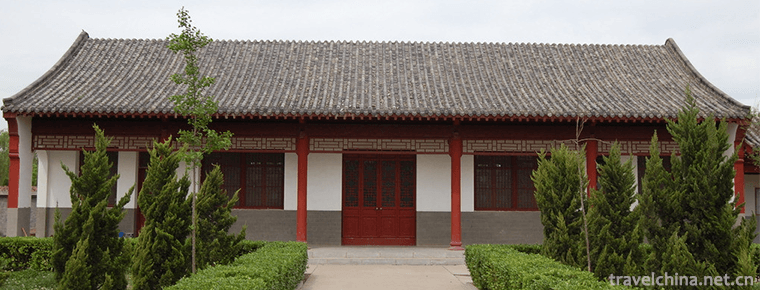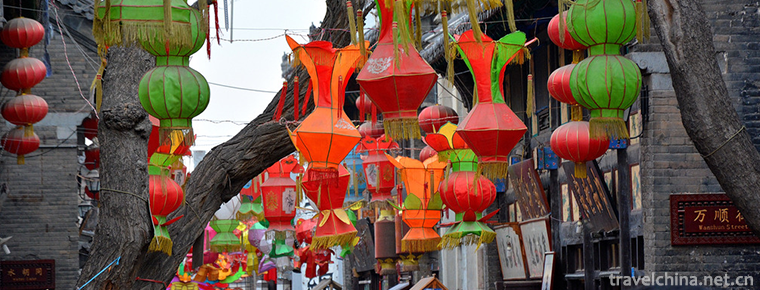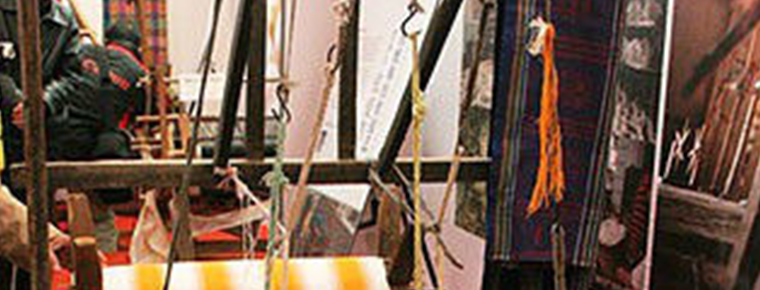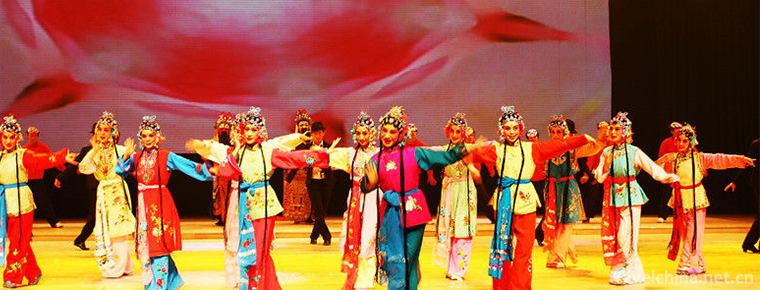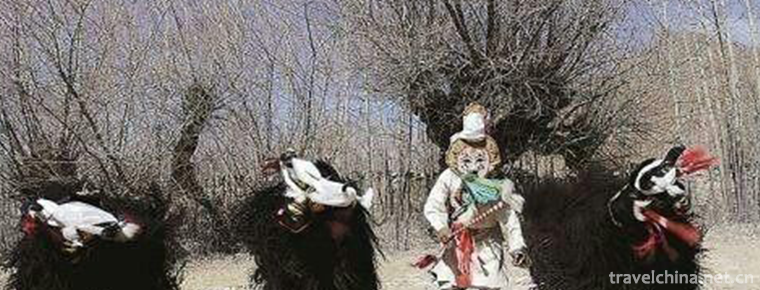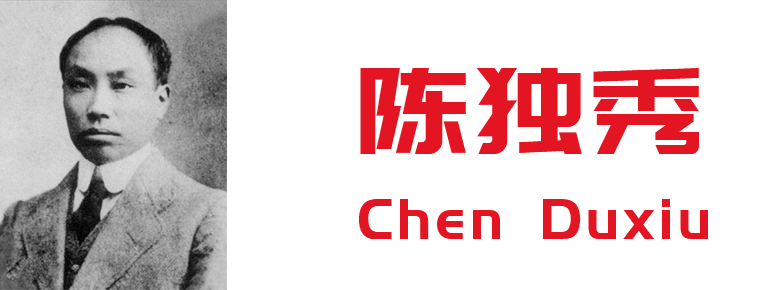Hancheng Yangko
Hancheng Yangko
Hancheng Yangko, commonly known as "singing Yangko", is a form of singing that integrates folk songs, rap and dance, and derives from traditional opera, and has a rudimentary form of traditional opera. It belongs to the form of "Xiao Pai Opera" which is popular among Chinese people in Shaanxi Province. It belongs to the Yangko Xiao Dance performed by two or three actors, such as "Weihua Yangko" and "Luochuan Yangko".
Hancheng Yangko is mostly composed of once ugly (no more than three roles) to perform a story, a singing of characters or a small play. More than the 15th night of the first lunar month in the village square, paving mats for the stage, commonly known as the "floor stall". Seven or eight pairs of Yangko singers were invited to perform one after another to celebrate the festival and harvest. The repertoire is very rich, the subject matter is extensive, involves in a wide range.
On June 7, 2008, Hancheng Yangko declared by Hancheng City of Shaanxi Province was listed in the second batch of national intangible cultural heritage list with the approval of the State Council.
Heritage serial number: 783V-90.
historical origin
Hancheng Yangko has three origins. One is from the court of the late Tang Dynasty, such as the superficial paragraph in Yangge "Pair of Colorful Buildings", "Fifteenth Jun Folk Music in the First Moon, the invention of Yangge in the Tang Dynasty, the son of heaven plays ugly tricks well, the empress of the right palace holds her head". This is a folk tale, which has no history to refer to. Another is from Wu Xilin, a famous scholar of Qing Dynasty, who wrote New Year's Chants. Among them, Yangko evolved from the "village music" of the Song Dynasty. Yangko is the song of transplanting rice. Again, it comes from Song and Yuan Zaju. From the perspective of music development and performance procedure, Hancheng Yangko is obviously influenced by Song and Yuan Zaju. When Hancheng Yangko performs, it sings but does not dance, while dancing does not. When playing percussion accompaniment, don't knock when singing, don't sing when knocking. Its singing music belongs to the combination of music cards, which is quite similar to the divertimento of "Zhugong Tune". From the appellation of "ugly" and "Baotou", it is not difficult to see that from music to performance, the embryonic form of Song and Yuan Zaju can be found in Hancheng Yangko.
Hancheng Yangko entered its heyday from 1875 to 1908 (during the reign of Guangxu in the Qing Dynasty). In 1876, Han Minqing, a Yangko artist from Hancheng, led the Yangko troupe to Beijing and was recruited by Empress Dowager Cixi to perform in the palace. From then on, there was a "Yangko coach" specially teaching and performing Yangko in the palace. In 1899 (Guangxu 25 years), in order to receive Zhang Qihua, an imperial official sent by the Qing Dynasty, Ji Guanying of Zhixian County of Hancheng held a performance of Hancheng Yangko Congress, with an unprecedented magnificence. The performance lasted ten days from March 3rd. 150 artists performed on the stage, showing the charming charm and exquisite art of Hancheng Yangko. These two performances have become two major events in the development history of Hancheng Yangko. Detailed
Hancheng Yangko has absorbed a lot of nutrition from Southern Yangko minor and Qin Opera, Pu Opera and Meihu Opera, and more than 100 Yangko Red Artists have emerged.
In the 1940s, Hancheng Yangko began to decline. By the 1950s and 1960s, Hancheng Yangko performances were rare.
After liberation, Hancheng Yangko was excavated and injected with new vitality by literary and artistic workers in provinces, prefectures and cities, and a number of new forms and contents of Hancheng Yangko operas were created, which also made Hancheng Yangko very popular for a time. Later, Hancheng Culture and Sports Bureau and Culture Museum paid attention to the protection and development of Hancheng Yangko. Hancheng Yangko Opera Selection and Hancheng Yangko, which introduced Hancheng Yangko Opera and music, were published respectively, and the repertoire and music of Hancheng Yangko were collected and sorted out extensively. In 1998, he organized a special performance of Yangge in Hancheng. Hancheng Yangko program has participated in various major performances and competitions for many times, and has received good response.
Inheritance significance
Hancheng Yangko is a very unique art form with strong local flavor. It is not only different from the "twisting Yangge" in northern Shaanxi, but also different from the "jumping Yangge" in Chang'an. Hancheng people call it "singing Yangko", "pairing opera" and "Yangko opera", which are not comprehensive. It is not only like folk songs, like opera, but also like dance, like opera. In fact, it is "four unlikeness", a folk art form that integrates folk songs, dance and rap, and has opera elements. Because of its uniqueness, it also has its unique and very important value.
Hancheng Yangge, which combines speaking, singing and expressing, is the rudiment of the development of Chinese opera from opera to opera in the history of Chinese opera development and the "living fossil" of the study of the development of Chinese opera. It has not only the repertoire of "Saying Yangge" in the form of rap and singing, but also the repertoire of "Performing Stories" in the form of opera, as well as the repertoire of both rap and singing, which is of great significance for discussing the origin and development of Chinese opera.
Hancheng Yangko is totally different from other Yangko in any sense. It combines folk songs, table-telling, dance and opera. It has unique artistic value and is unique in local art forms. Its singing music is beautiful and rich, and it is a treasure house of Chinese folk music art. Many musicians have adapted their tunes into songs.
Inheritance status
Hancheng Municipal Committee, Municipal Government, Municipal Sports Bureau and Cultural Museum have paid great attention to the excavation, rescue, inheritance and promotion of Hancheng Yangko, but many objective factors remain unchangeable. As a folk art form, Hancheng Yangko has its glory. But in the 1920s and 1930s, the rise of Qin Opera, Pu Opera and Meihu made Hancheng Yangko go downhill step by step in the competition. In the 1950s and 1960s, it withdrew from cities and towns, and only in the countryside and mountains did it have its living space. In the 1980s and 1990s, it was almost invisible.
The old artists who sang Yangko died one after another, and the newcomers could not take over. Hancheng Yangko will disappear naturally if it is not saved.

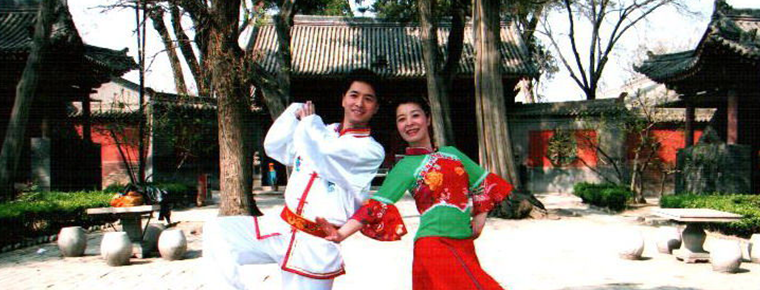
-
Bayanbulak Grassland
Bayinbrook grassland: formerly known as Yuledus grassland, Zhuledus grassland, Yuludus grassland, because it is mainly located in Xinjiang Bayinguoling Mongolian Autonomous Prefecture and the northwes.
Views: 124 Time 2018-12-12 -
Sankong Tourist Area in the Old City of the Ming Dynasty
Qufuming Old City Tourist Area in Jining: World Cultural Heritage, one of the three holy cities in the world, national AAAAA-level tourist attractions, National Scenic spots.
Views: 241 Time 2019-02-07 -
Yicheng Temple Scenic Spot of Sun Bin Tourist City
Sun Bin Tourist City is located in Jishan Town, 20 kilometers northeast of Juancheng County, Heze City, Shandong Province. Juancheng is the hometown of Sun Bin, a famous.
Views: 80 Time 2019-02-13 -
Tianma Island Tourist Area
Shandong Tianma Island Tourist Area is composed of Ma Qi Mountain and Tianhu Lake. It is located 16 kilometers northeast of Junnan County Town, Linyi City..
Views: 340 Time 2019-02-21 -
Zhoucun Ancient Mall
Zhoucun Ancient Mall, also known as Street, is located in Zhoucun District, Zibo City, Shandong Province. The main road of Shandong Province, Jiqing Expressway.
Views: 114 Time 2019-03-20 -
Traditional Cotton Textile Techniques
Chinese traditional textile technology has a long history. Since cotton was introduced from India in the 7th century, Chinese textile industry has changed from linen to cotton. .
Views: 220 Time 2019-04-19 -
Western Fujian drama
Western Fujian Han Opera, formerly known as "Waijiang Opera", also known as "Ran Tan", is one of the local operas in Fujian. He was born out of foreign operas, absorbed Hakka diale.
Views: 205 Time 2019-06-05 -
Xie Rong Zhongzi
Xierong Zhongzi still keeps the primitive and simple legacy, from which we can see the spiritual sustenance and aesthetic pursuit of Tibetan ancestors. This kind of primitive culture and art has becom.
Views: 181 Time 2019-07-06 -
Legend of Yin Jifu
The "Yin Jifu Legend" which was listed as the first batch of intangible cultural heritage in Hubei Province, made a sensation forum about "Chinese poetry ancestor, Taishi Yin Jifu of th.
Views: 181 Time 2019-07-13 -
Chen Duxiu May Fourth leader
Chen Duxiu (October 9, 1879 -1942 May 27th), formerly known as "Qing Tong", the official name is "Sheng Sheng", "Zhong Fu", "Shi Shi". Anhui Huaining (now Anqin.
Views: 131 Time 2019-09-07 -
Deyang secondary industry
In 2018, the total industrial added value of Deyang City was 101.28 billion yuan, an increase of 9.8% over the previous year. By the end of the year, there were 1376 Industrial Enterprises above Designated Size, and the added value of industries above.
Views: 321 Time 2020-12-14 -
Meishan social security
In 2019, 2.0419 million people participated in basic endowment insurance for urban and rural residents, 2.676 million people participated in basic medical insurance for urban and rural residents, 297500 people participated in work-related injury insuranc.
Views: 330 Time 2020-12-18

